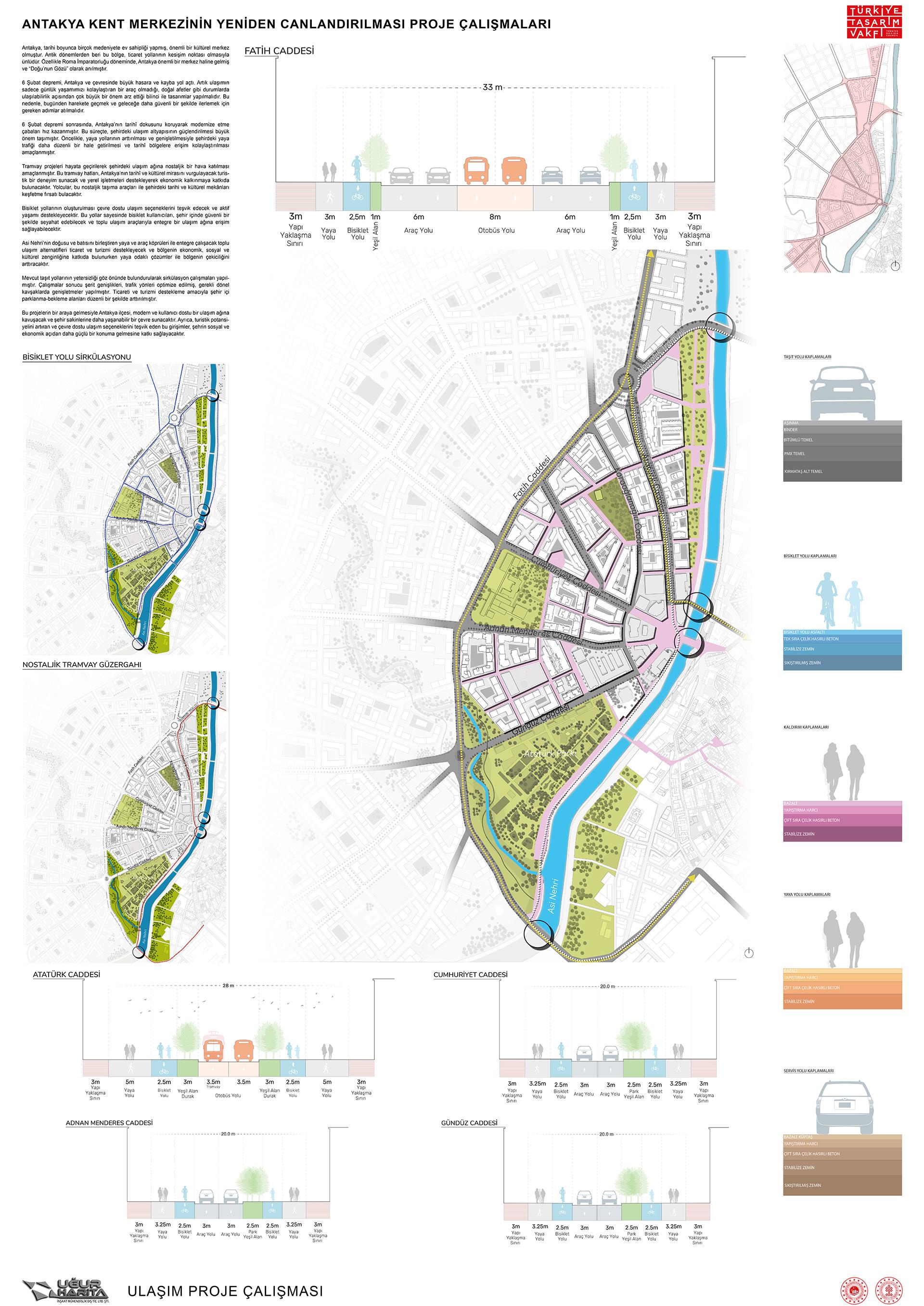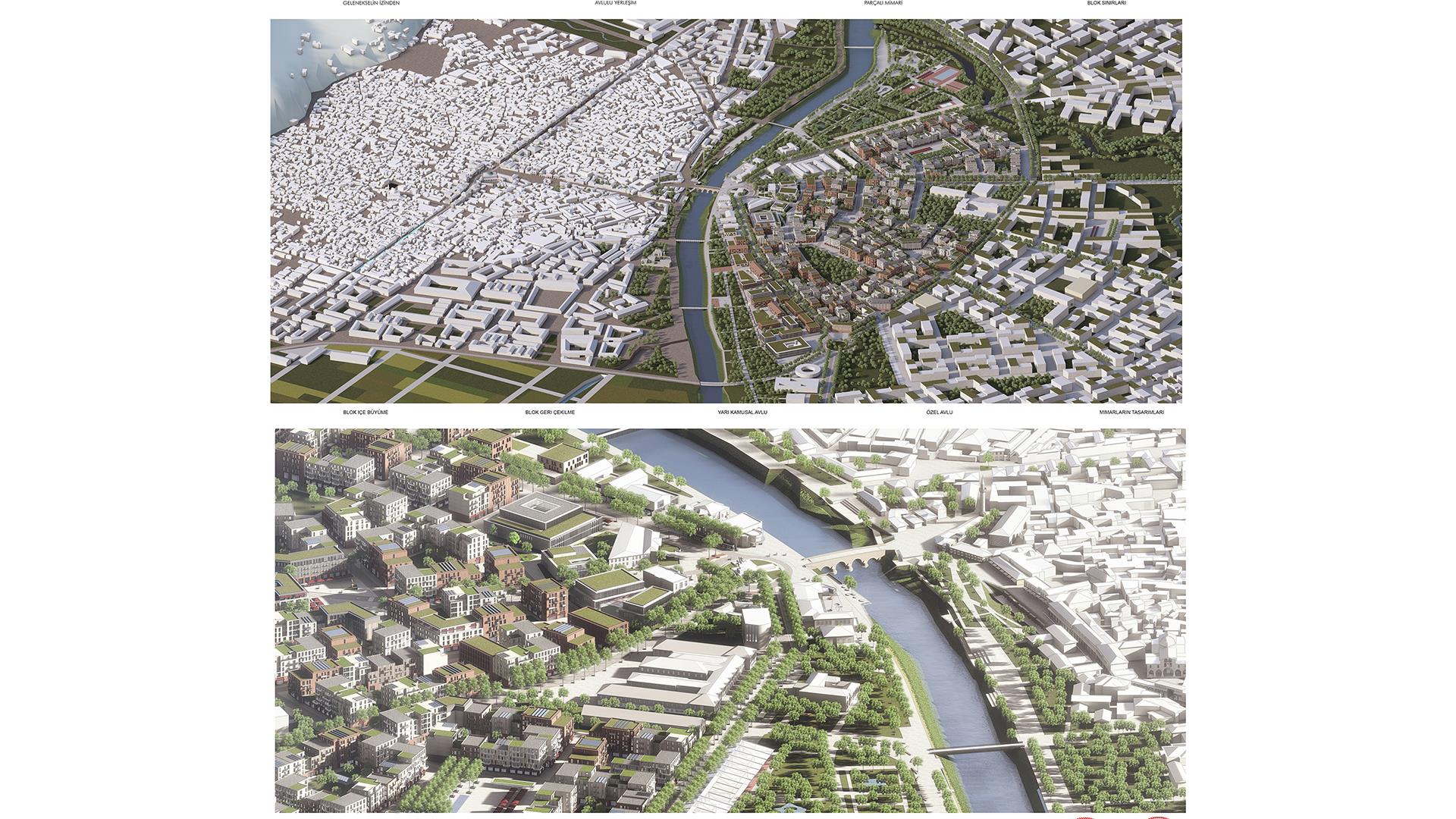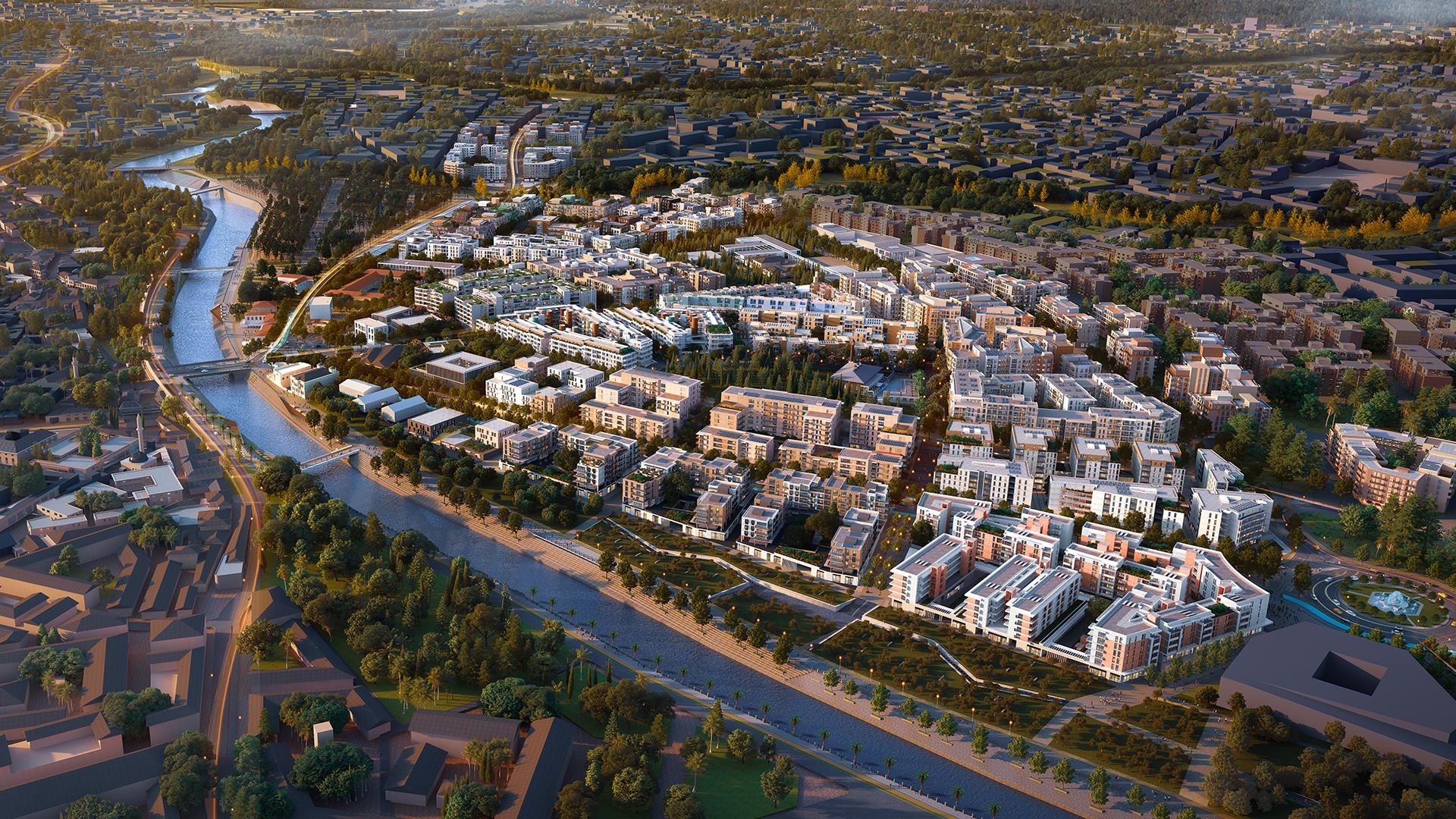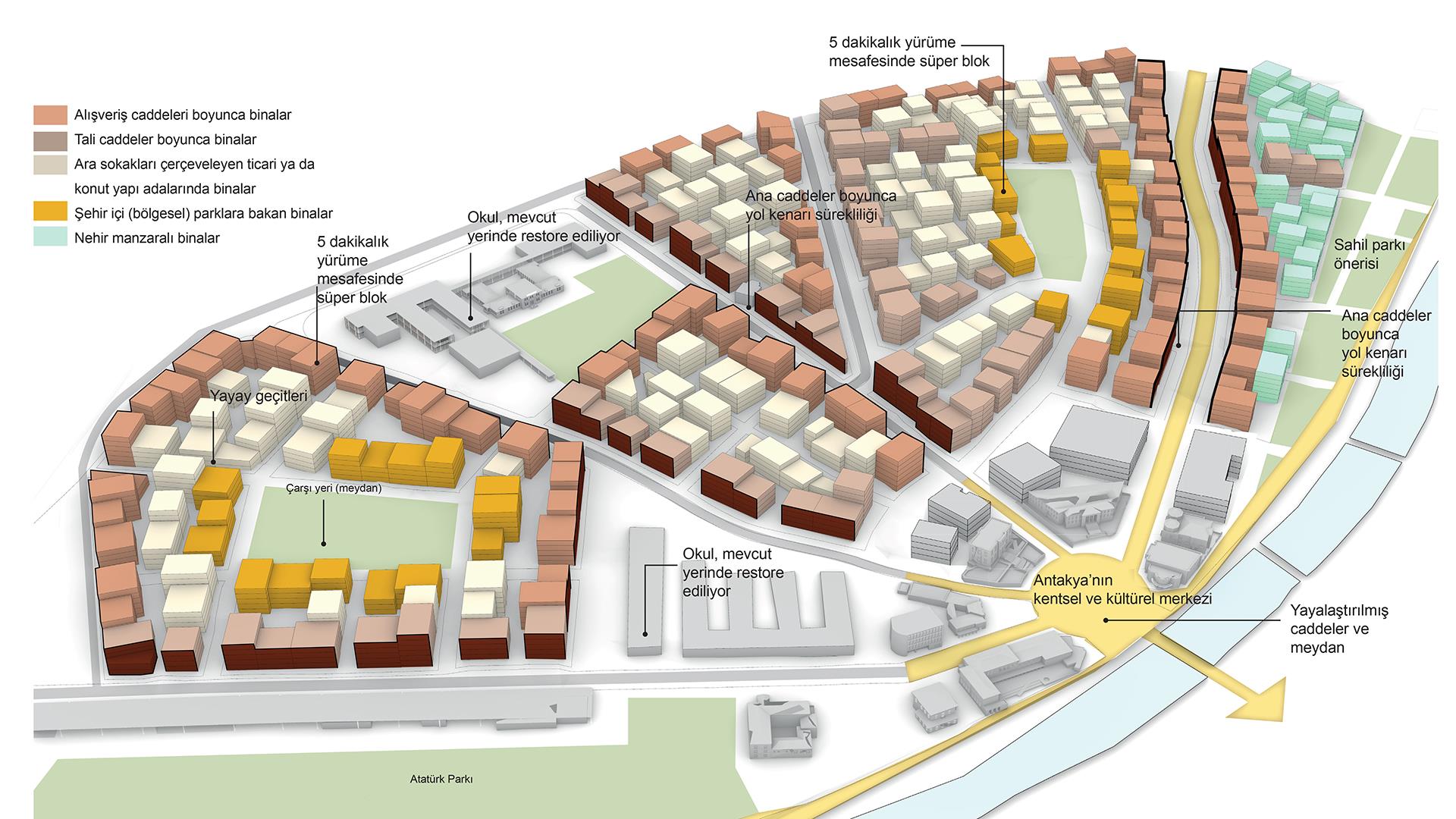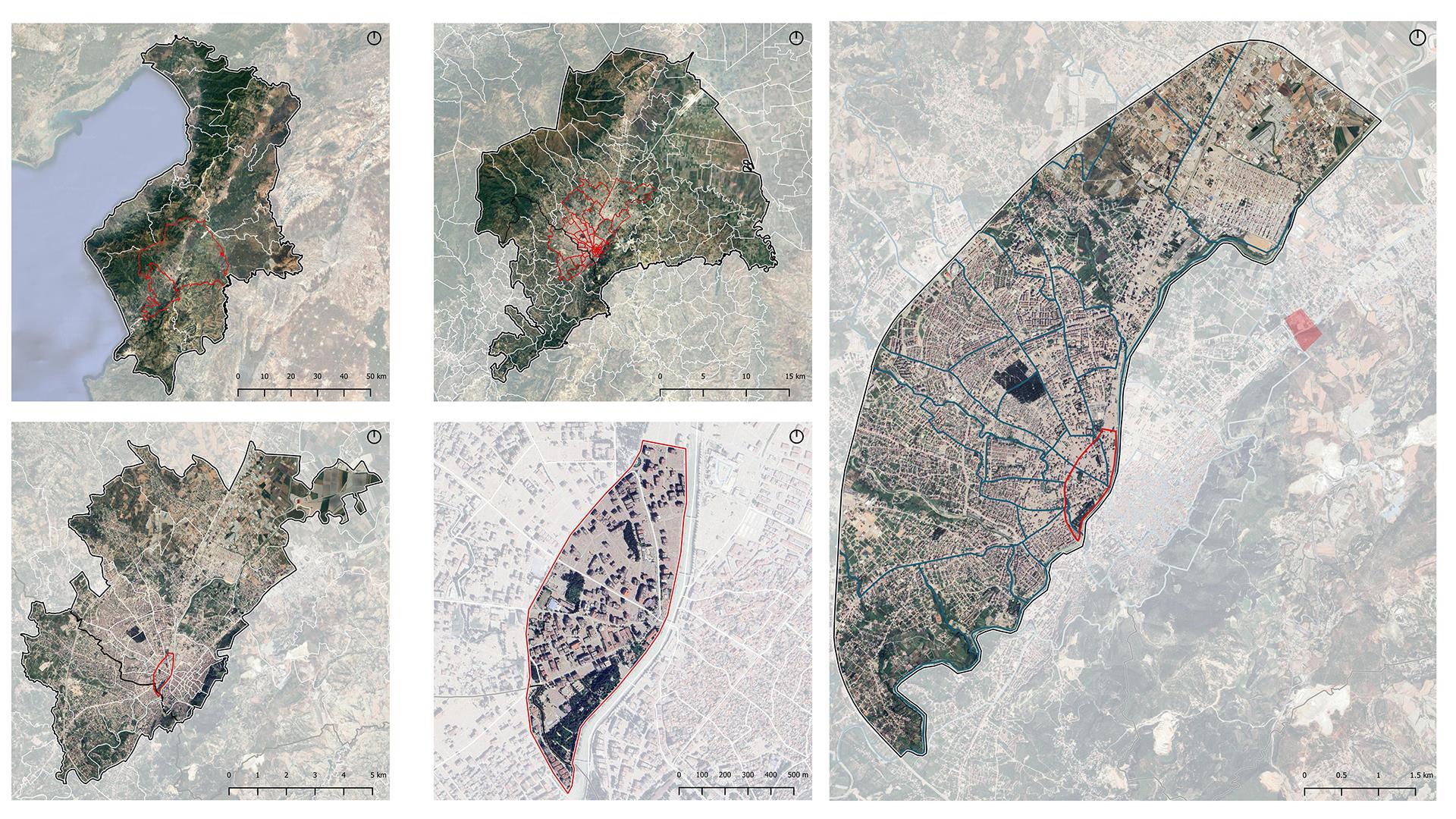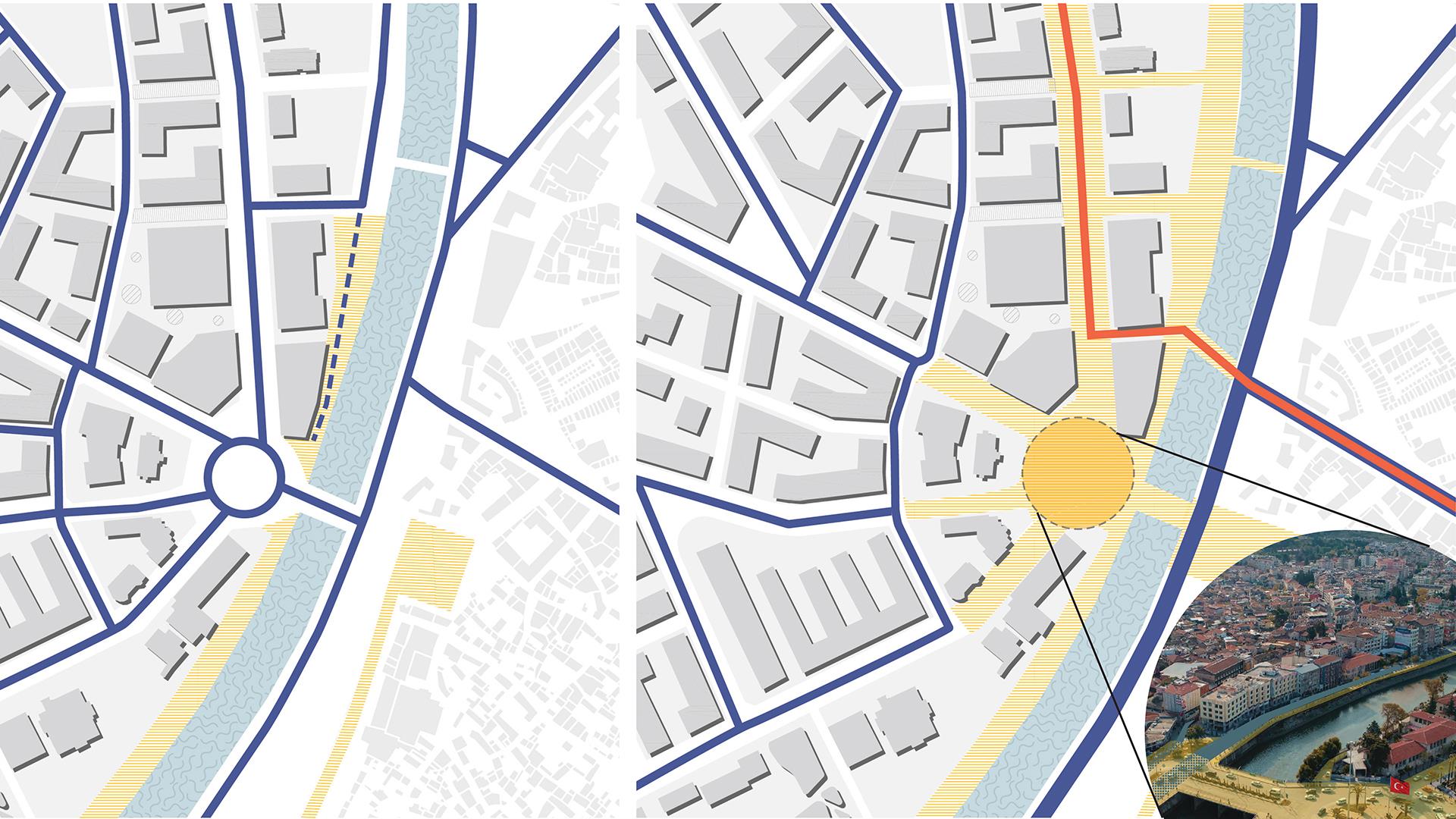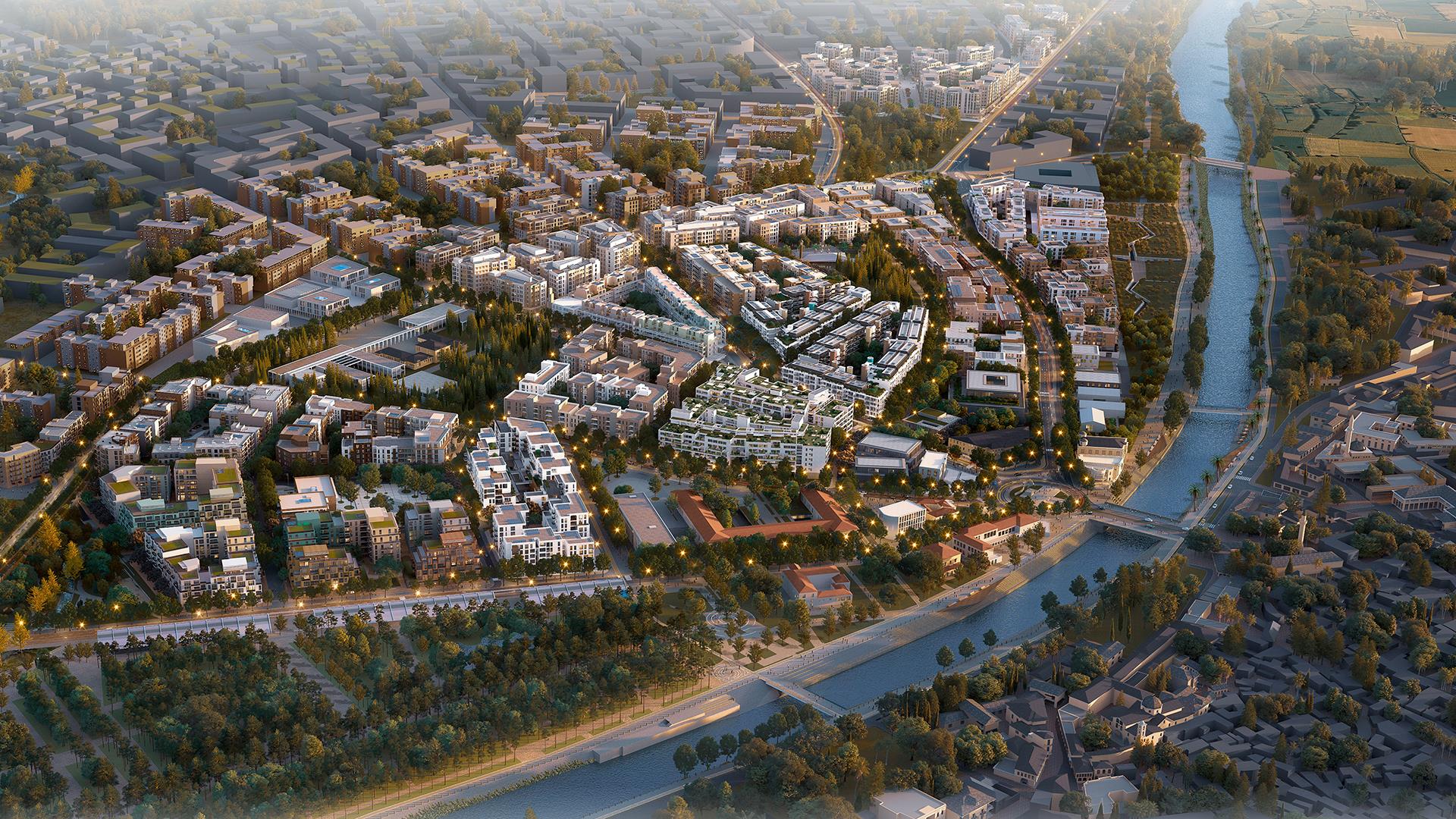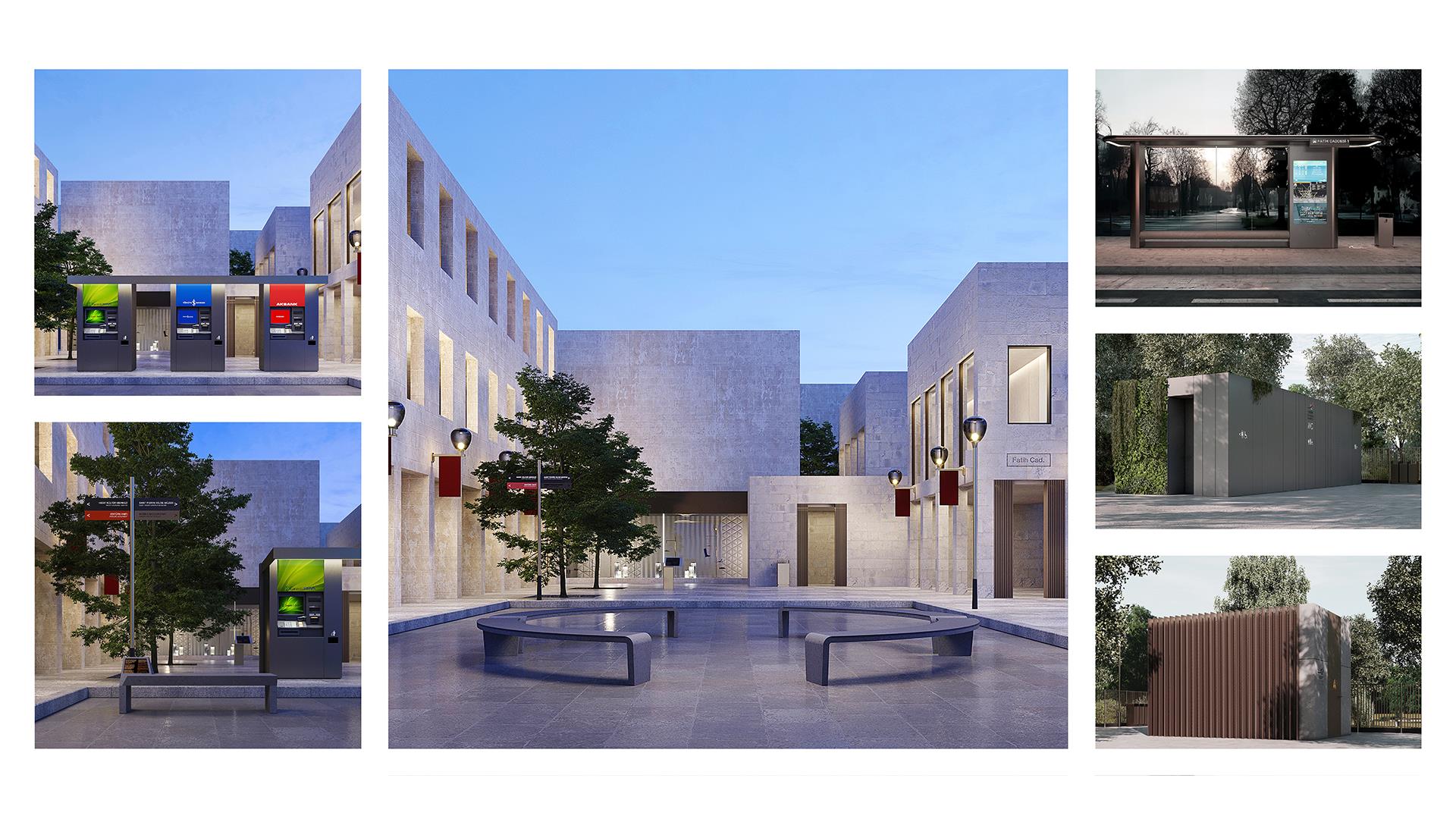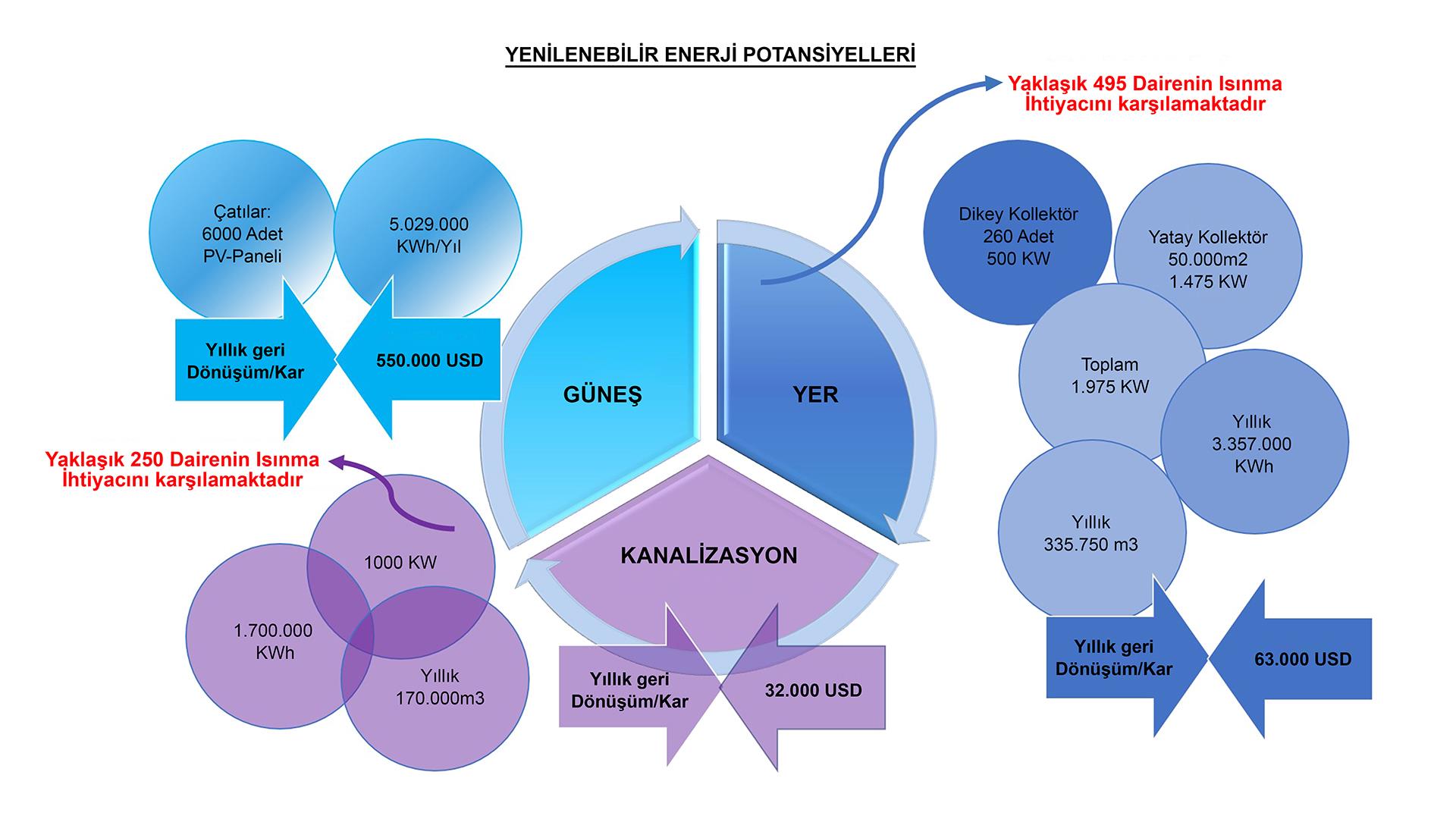ANTAKYA PROJECT MOBILITY PLAN
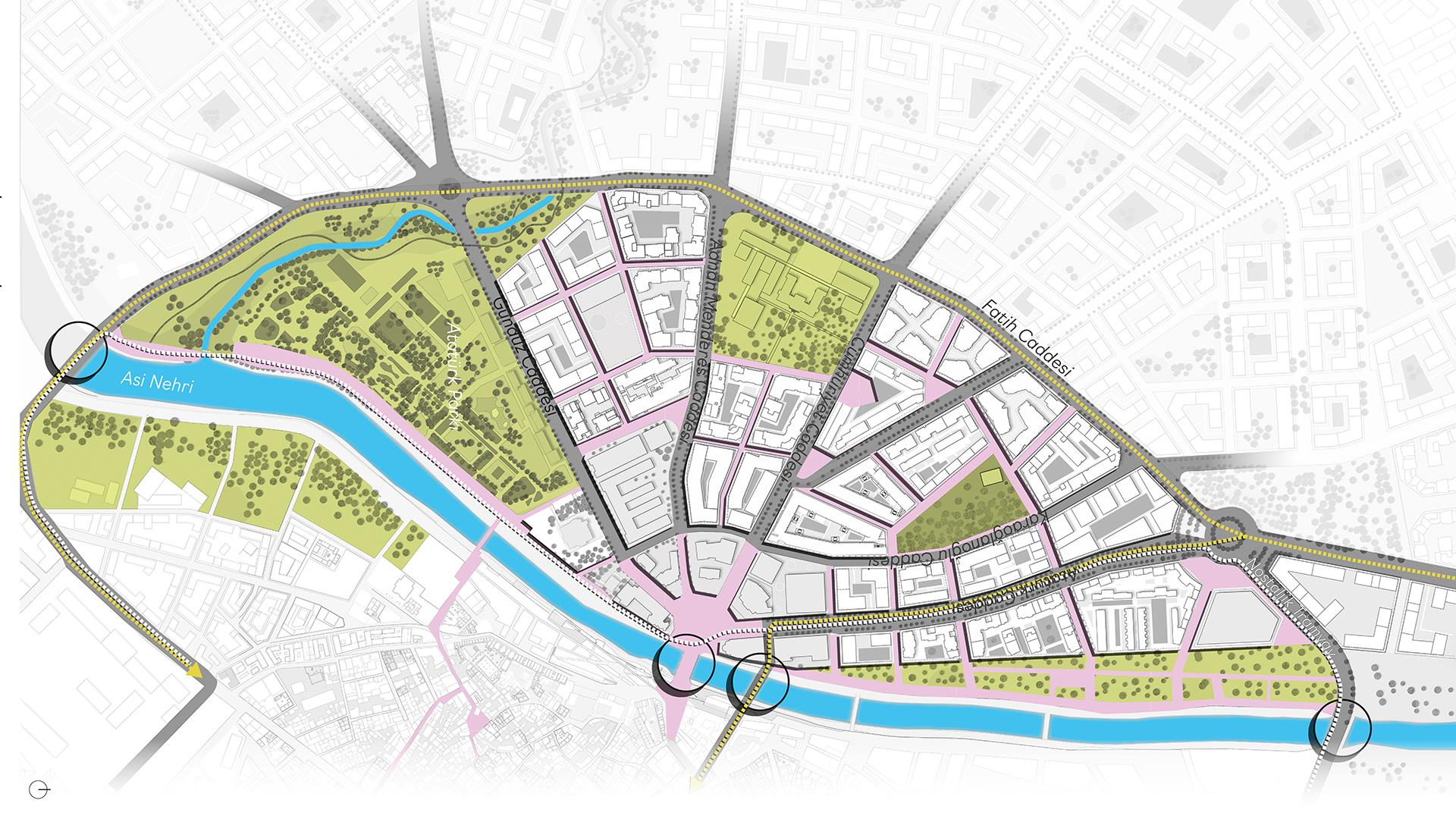
Antakya has been home to many civilizations throughout its history and has been an important cultural center. Since ancient times, this region has been famous for being the intersection of trade routes. Especially during the Roman Empire, Antakya became an important center and was referred to as the “Eye of the East”.
The February 6th Earthquake caused great damage and loss in Antakya and its surroundings. Now, transportation is not only a vehicle that makes our daily lives easier, but it is also critical for emergencies. That’s why we need to take action today and take the necessary steps to move more confidently into the future.
After the February 6th earthquake, efforts to modernize Antakya by preserving its historical texture gained momentum. In this process, it was of great importance to strengthen the transport infrastructure in the city. First of all, by increasing and widening the pedestrian paths, it is aimed to make the pedestrian traffic in the city more regular and to facilitate access to historical areas.
Tram projects are aimed to add a nostalgic atmosphere to the transportation network in the city. These tram lines will provide a touristic experience that will highlight the historical and cultural heritage of Antakya and contribute to economic development by supporting local businesses. Passengers will have the opportunity to explore the historical and cultural sites in the city with these nostalgicmeans of transport.
The creation of bike lanes will promote eco-friendly transportation options and support active living. Thanks to these roads, cyclists will be able to travel safely within the city and have access to a transportation network integrated with public transportation. Public transportation alternatives, which will work in integration with pedestrian and vehicle bridges connecting the east and West of the Orontes River, will support trade and tourism and contribute to the economic, social and cultural richness of the region, while increasing the attractiveness of the region with pedestrian-oriented solutions.
Circulation studies were carried out considering the insufficiency of existing roads. As a result of the works, lane widths and traffic directions were optimized, and expansions were made at the necessary roundabouts. In order to support trade and tourism, parking-waiting areas in the city have been increased regularly. With the combination of these projects, Antakya district will have a modern and user-friendly transportation network and offer a more livable environment to the residents of the city. In addition, these initiatives, which increase the touristic potential and encourage environmentally friendly transportation options, will contribute to the city’s stronger position socially and economically.


